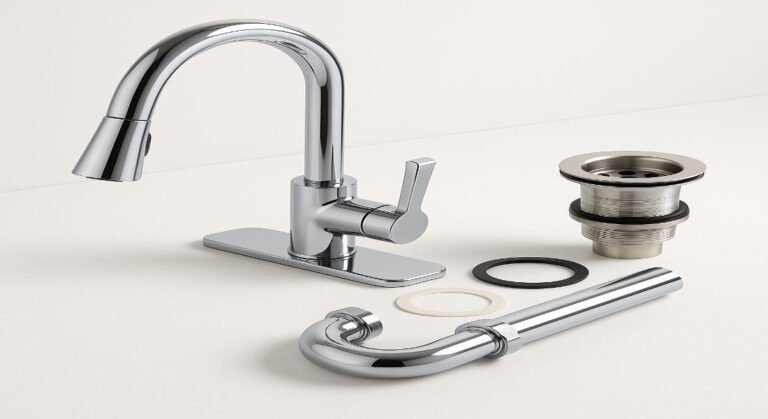Kitchen faucets are one of the most essential fixtures in any home. They assist us with everyday tasks, such as washing dishes, filling pots, and cleaning produce. A high-quality kitchen faucet not only improves functionality but also enhances the aesthetic appeal of your kitchen. With numerous designs, finishes, and features available, selecting the right kitchen faucet can sometimes feel overwhelming.
When it comes to kitchen faucets, there’s often confusion about what they include. One common question homeowners ask is: “Do home kitchen faucets come with drains?” While this might seem like a simple query, many people aren’t aware of the intricacies involved in kitchen faucet and drain setups.
Understanding Kitchen Faucets and Drains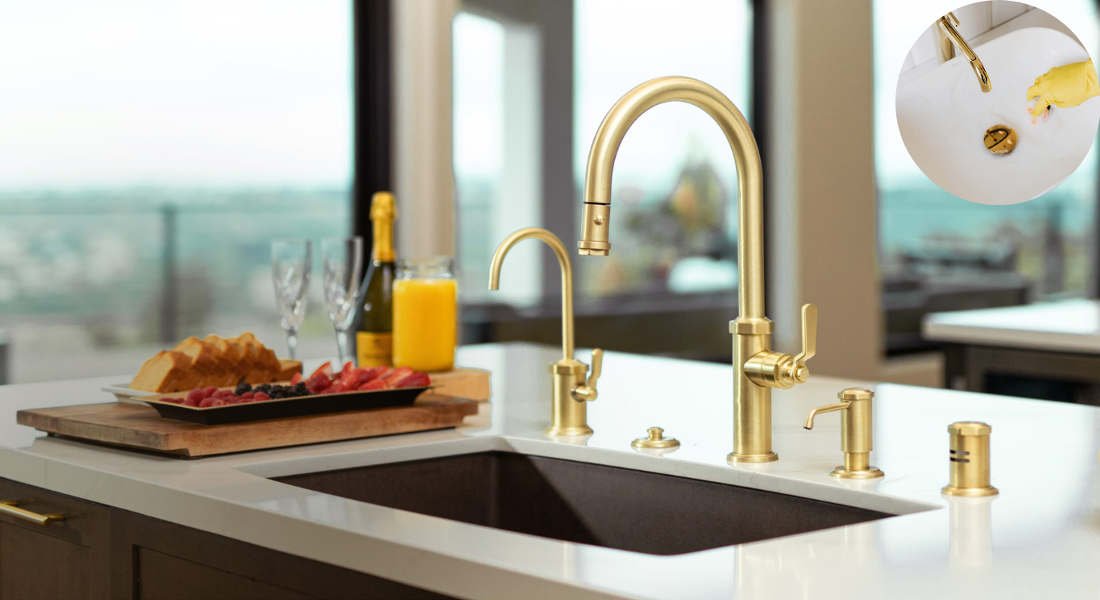
To fully grasp the relationship between kitchen faucets and drains, it’s important to first understand their individual roles and how they function within your kitchen.
What is a Kitchen Faucet?
A kitchen faucet is a fixture installed on your sink that provides access to running water for various tasks. It typically includes:
- Spouts: Where water flows out.
- Handles: To control water temperature and pressure.
- Valves: Regulating water flow.
- Sprayers: Optional components that extend functionality for cleaning or rinsing.
Kitchen faucets are designed to be durable and efficient as they endure frequent use. They come in a variety of styles, from single-handle designs to pull-down sprayers, catering to different needs and preferences.
What is a Drain Assembly?
A drain assembly is the component responsible for managing water flow from the sink to the plumbing system. It typically includes:
- Strainers: Prevent debris from clogging the pipes.
- Tailpieces: Connecting the sink to the plumbing.
- Gaskets and Locknuts: Ensuring a watertight seal.
- Optional Overflow Openings: Preventing Water Spills When the Sink Is Full.
While most people associate drains with bathroom sinks, kitchen sinks also require a functional and well-fitted drain assembly for proper water management.
Bathroom vs. Kitchen Faucet Drain Assemblies
One key distinction is that bathroom faucets often include drain assemblies, especially in sets that include sinks. In contrast, kitchen faucets rarely come with drains due to differences in sink design and usage. Kitchen sinks are larger and handle a higher water volume, requiring specialized drains such as basket strainers or garbage disposal-compatible setups.
Understanding the role of both faucets and drains is crucial when planning your kitchen sink installation or replacements.
Do Home Kitchen Faucets Come with Drains?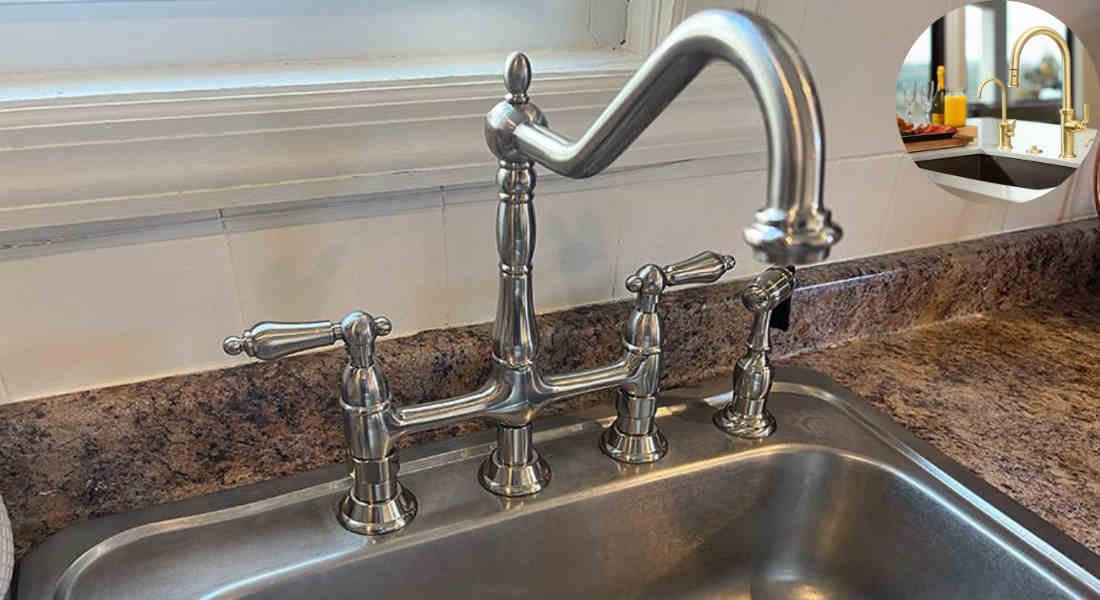
Let’s address the big question: Do home kitchen faucets come with drains? The short answer is no; most kitchen faucets do not include drains. Let’s explore why this is the case.
Why Kitchen Faucets Rarely Include Drains
Unlike bathroom faucets that are often part of a package deal with sinks and drains, kitchen faucets are typically sold as standalone fixtures. This is because:
- Variety in Kitchen Sink Types: Kitchen sinks are available in various styles, including single-basin, double-basin, and farmhouse designs. Each requires a specific type of drain assembly, making it impractical for manufacturers to bundle drains with kitchen faucets.
- Customization Needs: Homeowners often choose drains separately to match their specific kitchen needs, whether it’s a garbage disposal connection or a basket strainer.
- Fewer Standards: Unlike bathrooms, where the sink and drain setups are more standardized, kitchens offer a greater variety of faucet and sink combinations, making bundled drains less common.
When Kitchen Faucets Might Include Drains
There are some rare exceptions where kitchen faucets may come with drains:
- Bundled Packages: Some sink and faucet sets come with a matching drain assembly. These are designed for convenience and compatibility.
- High-End Brands: Certain premium brands offer complete kits that include faucets, sinks, and drains, but these are not the norm.
Drains and Kitchen Sinks
While kitchen faucets typically don’t include drains, kitchen sinks often come with their own drain assemblies. These are usually tailored to the sink’s design but will still need to be installed separately from the faucet.
Why It’s Important to Purchase Drains Separately
When installing or replacing a kitchen faucet, it’s essential to purchase a compatible drain assembly to ensure proper functionality. A mismatch between the faucet, sink, and drain can lead to leaks, clogs, or poor water flow, so taking the time to select the right drain is crucial.
Types of Drains for Kitchen Sinks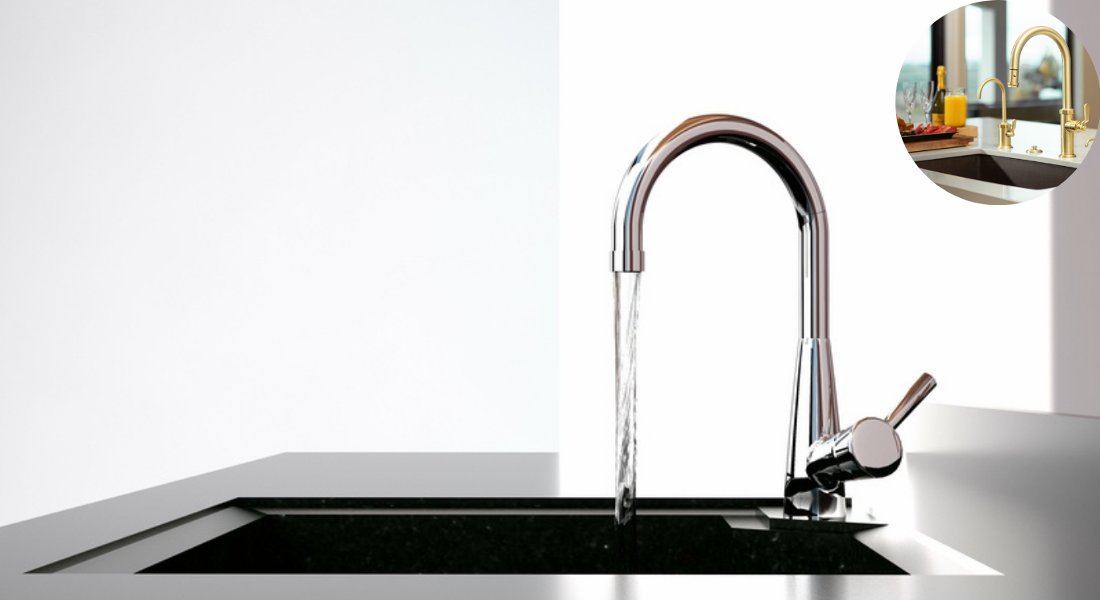
Choosing the right drain for your kitchen sink is just as important as selecting the faucet. Here’s a breakdown of the most common types of kitchen sink drains:
Strainer Drains
- What They Are: These are the most common kitchen sink drains. They feature a basket strainer that prevents debris from entering the plumbing.
- Benefits: Affordable, easy to clean, and compatible with most sinks.
- Best For: Standard kitchen sinks without garbage disposals.
Garbage Disposal Drains
- What They Are: These drains are specifically designed to connect directly to a garbage disposal unit, enabling food waste to be processed and flushed away.
- Benefits: Reduces food waste and prevents clogs.
- Best For: Homes with garbage disposals installed.
Grid Drains
- What They Are: Grid drains feature a fixed, perforated cover instead of a removable basket. They’re more common in bathroom sinks but can be used in certain kitchen setups.
- Benefits: Low maintenance and simple design.
- Best For: Minimalist or vessel-style sink designs.
Features and Components of a Drain Assembly
Component Function
Strainer Catches debris to prevent clogs
Tailpiece Connects the drain to the plumbing system
Gasket Creates a watertight seal
Locknut Secures the drain assembly in place
Overflow Opening Prevents water from spilling over the sink
When choosing a drain, it’s important to consider the type of sink, the presence of a garbage disposal, and your personal preferences for maintenance and style.
Installation Insights: Faucets and Drains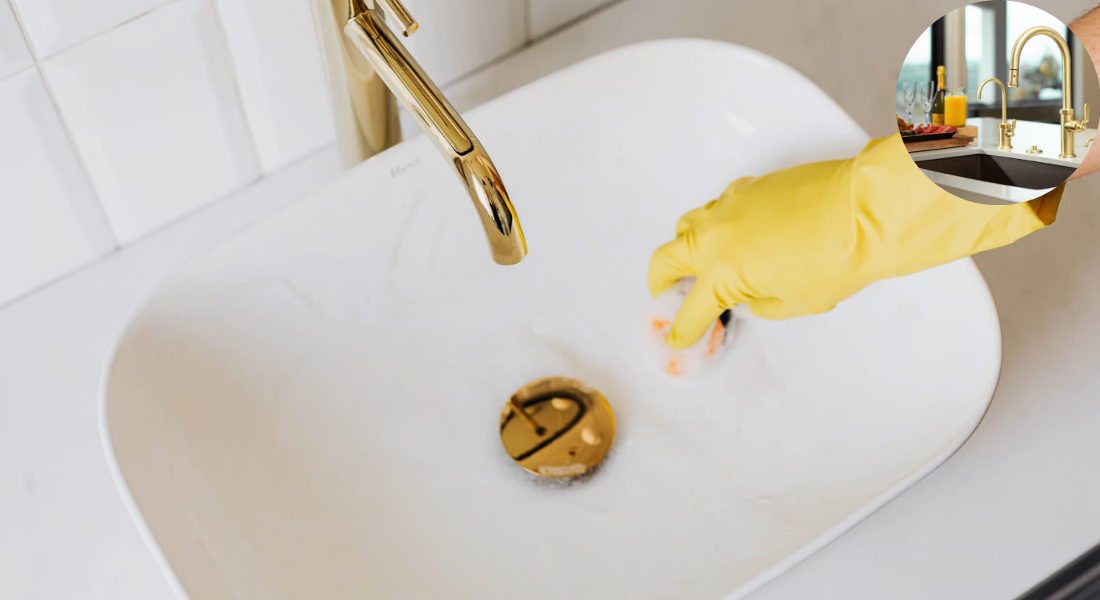
Installing a kitchen faucet and drain might seem daunting, but with the right tools and guidance, it’s a manageable DIY project. Here’s a step-by-step overview:
Installing a Kitchen Faucet
- Prepare the Sink: Clean the surface and ensure all old fixtures are removed.
- Flush Water Lines: Run water through the pipes to clear debris and prevent clogs.
- Install the Faucet: Secure the faucet in the designated holes and connect the water lines.
- Test for Leaks: Turn on the water to check for any leaks around the faucet base.
Installing a Kitchen Sink Drain
- Assemble the Components: Attach the strainer, gasket, and tailpiece.
- Apply Plumber’s Putty: Create a watertight seal around the strainer.
- Secure the Drain: Use the locknut to tighten and secure the assembly.
- Connect to Plumbing: Attach the drain to the sink’s plumbing or garbage disposal.
You may also read (how do i get rid of sticky floors at home).
